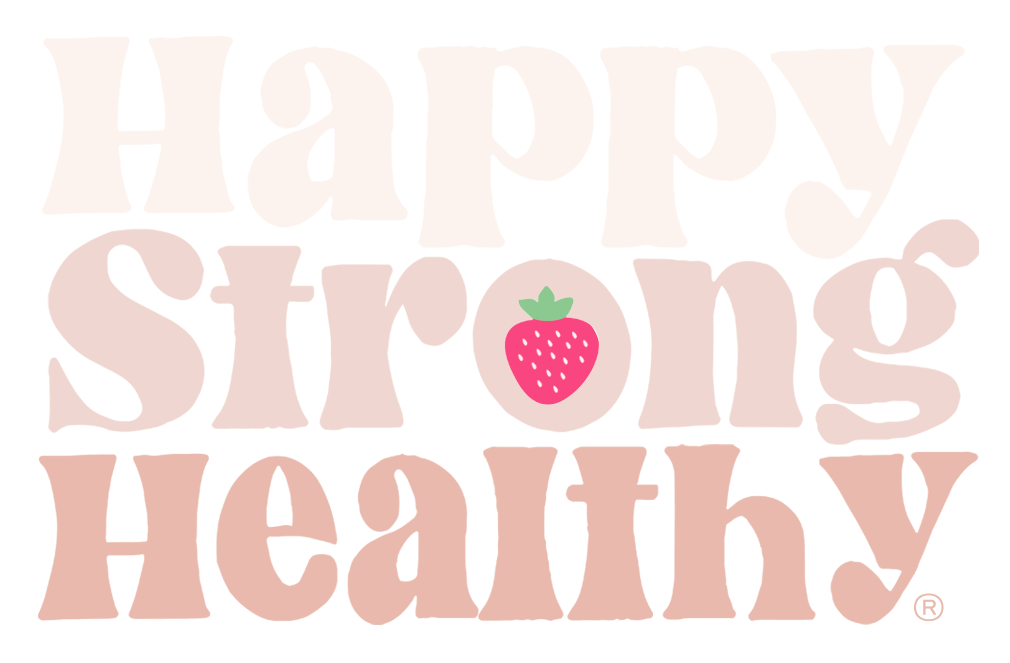Glimmer: The Opposite of A Trigger
Imagine you’re at dinner with your best friends, splitting a dessert, savoring each and every bite of that delicious [insert your favorite dessert here] and you feel only peace and gratitude for this moment in time. Maybe you even close your eyes and let the gravity of the experience pull you into such contentment that you have to consciously pull yourself out of it. After years and endless energy spent dieting and trying to shrink your body, you’re able to enjoy a dessert with your best friends without considering the calories. You’re happy- but that doesn’t quite cover it. No, you’re not just happy. You’re free.
What is a glimmer?
What you’ve just read is a glimmer someone may experience after healing their relationship with food. A glimmer by definition is “(noun) a light that glimmers weakly or a slight sign of something good or positive”. Recently in social media it’s been adopted as a way to describe a meaningful or peaceful moment, a sign of something good, and described as the opposite of a trigger.
This goes deeper than the For You Page though. This is a term coined by licensed clinical social worker, Deb Dana, as a part of the Polyvagal Theory applied to therapy. Deb refers to glimmers as brief moments when our nervous system feels calm or safe and our biology is regulated. Glimmers incorporate different senses and places and are noted by an energy that you can feel in the moment. For me, glimmers might be noticing how bright the stars are in the sky or feeling the sun hit my skin when I walk outside.
What is a trigger?
A trigger is “(noun) something that causes someone to feel upset and frightened because they are made to remember something bad that has happened in the past.” When we think about a trigger in the nutrition world, it could be anything from a triggering conversation to seeing calories on a menu.
The Polyvagal Theory
The Polyvagal Theory, by Stephen Porges, is a complex idea about our nervous system that claims there is a third type of system. In addition to the activation and calming systems, the third is called the social engagement system which offers a “playful” mixture of calming and activation. Consider a fight-or-flight-or-play response! The caveat is that the environment must feel safe for the play response to kick in.
This theory is applied to therapy practice as a way to support clients through healing from trauma, where they may live in either a state of shutdown or fight-or-flight perpetually.
In oversimplified terms, the social engagement system is incorporated by moving clients from shutdown, to fight-or-flight, creating a safe space, and then finally shifting into the social engagement system.
Glimmers & Trauma
Dana says that glimmers are beneficial for everyone, but especially for those who have a history of trauma. She describes glimmers as respectful of their suffering while allowing them “to also notice the micro moments of goodness”. While focusing on the negative may have kept trauma survivors safe in the past, they don’t have to do that anymore.
Pulling this all together
Any ex-dieter or eating disorder survivor can tell you that some situations trigger them and bring up feelings of fear or distress. These triggers are real although a history of dieting may not always indicate textbook trauma.
Since I’ve healed my relationship with food, I get two types of glimmers:
Food related. Example: I’m out to eat with friends and I can focus on my company because I’m wearing comfortable clothes, I didn’t starve myself before, and I ordered what I wanted that will make me feel great.
Non food related. Example: I’m on the top of a mountain in Colorado and I am profoundly present. I know that when I was restricting and dieting, I never could’ve been this present because I was under fueled and all I could think about was either eating or NOT eating.
Glimmers are a part of life AFTER. After the dieting, after the distress, after the pain. They’re the opposite of triggers. The beauty of this is the more we want to see glimmers, the more we will.
My hope for you is that you’ll find glimmers every day. That one day you’ll be able to look around and see the sweetest parts of the world before the bitter. It’s not that I hope you’ll be blind or ignorant, my hope is that you’ll find the peace you need when you need it.
Learn more about our exclusive 1:1 nutrition coaching and apply today! We are now accepting most insurance plans!
References
https://ct.counseling.org/2016/06/polyvagal-theory-practice/
https://dictionary.cambridge.org/dictionary/english/trigger
Written by Chelsea Shafer, RD, LDN, CYT
Hey, I'm Chelsea!
I’m a Registered Dietitian, 200-hr certified yoga instructor, and cat mom! As HSH Office Manager I love all things intuitive eating + movement and I’m glad you’re here! Learn more about me and the HSH offerings here.










































February is American Heart Month, and as a registered dietitian, I want to share my secret heart-healthy tip with you: consider adding Florida Orange Juice to your daily routine!